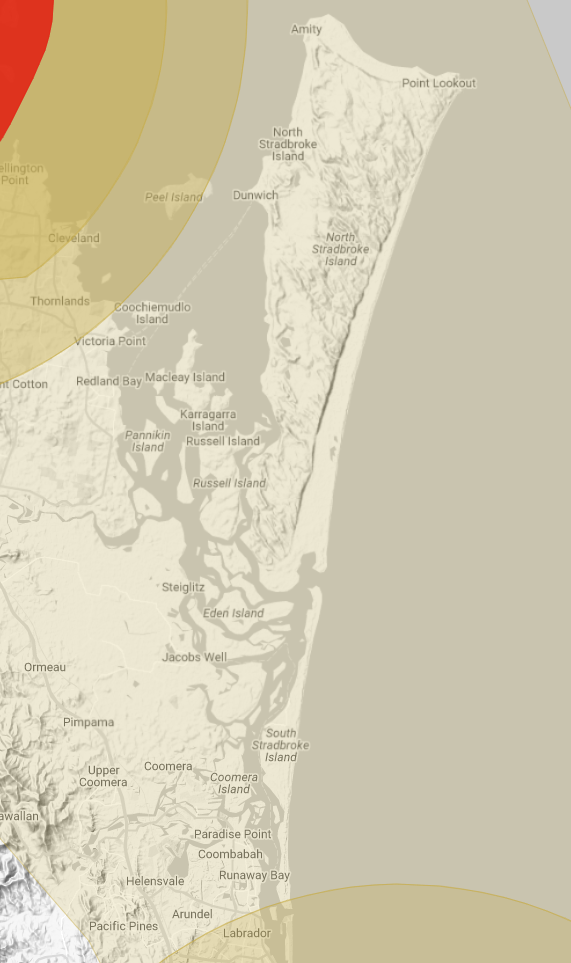Membership and Licensing
All pilots must hold a valid SAFA membership and possess a current licence that authorizes them to operate a powered paraglider.
Compliance with SAFA Guidelines
Pilots must understand and adhere to all rules outlined in the SAFA Operations Manual.
Incident Reporting
All accidents and incidents must be reported to SAFA in accordance with procedures detailed in the Operations Manual.
VHF Radio Requirement
For safety, all pilots must be licensed and carry a functioning VHF radio during flight operations.
Flying South of the Spit
Use of VHF radio is mandatory on Channel 119.
Maximum permitted altitude is 1,500 feet.
Be aware: this area is often heavily congested with helicopters and other aircraft.
Remain over water when flying near populated areas south of the Spit.
Flying North of the Spit
Maximum altitude permitted is 3,500 feet.
It is highly recommended to carry water, snacks, a PLB (Personal Locator Beacon), and a mobile phone in case of engine failure or emergency.
Coastal Flying Considerations
Coastal flying is not recommended for wheeled paramotors due to limited emergency landing options.
Flying along Stradbroke Island is high-risk: in the event of an engine failure, retrieval may require walking across the island and catching a water taxi.
Late afternoon flights are particularly hazardous, as return options may be unavailable if conditions change or you experience a mechanical issue.
